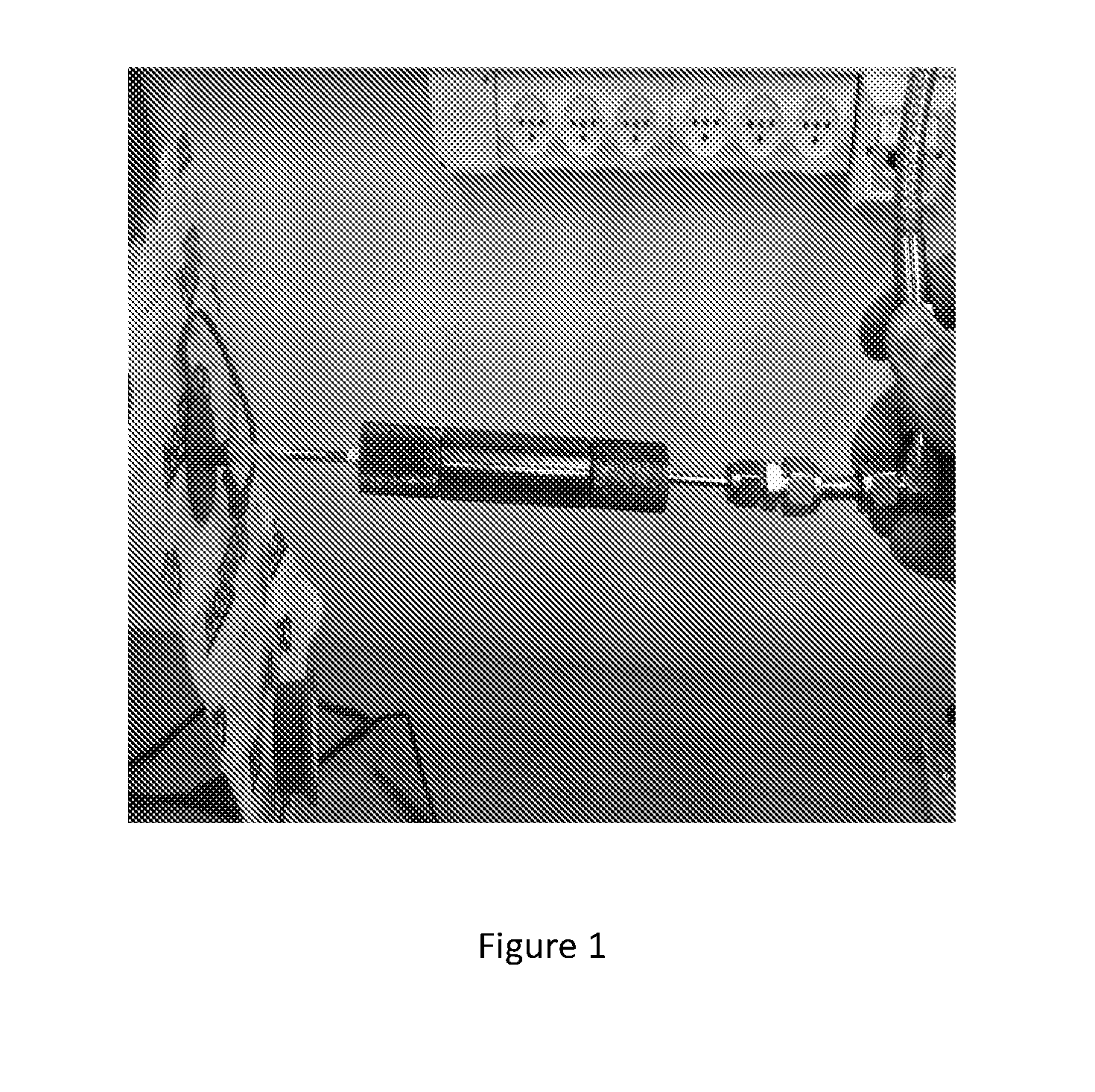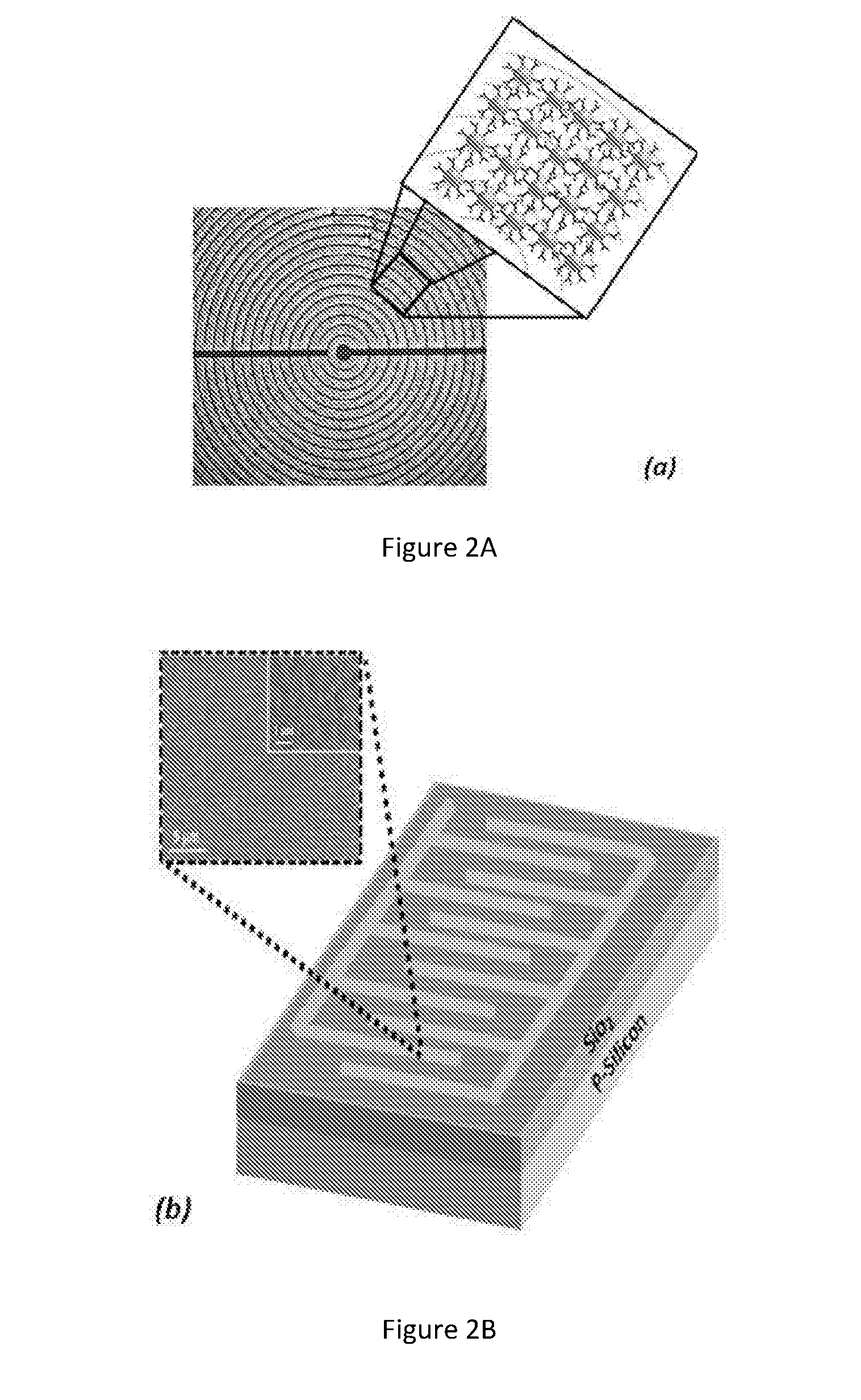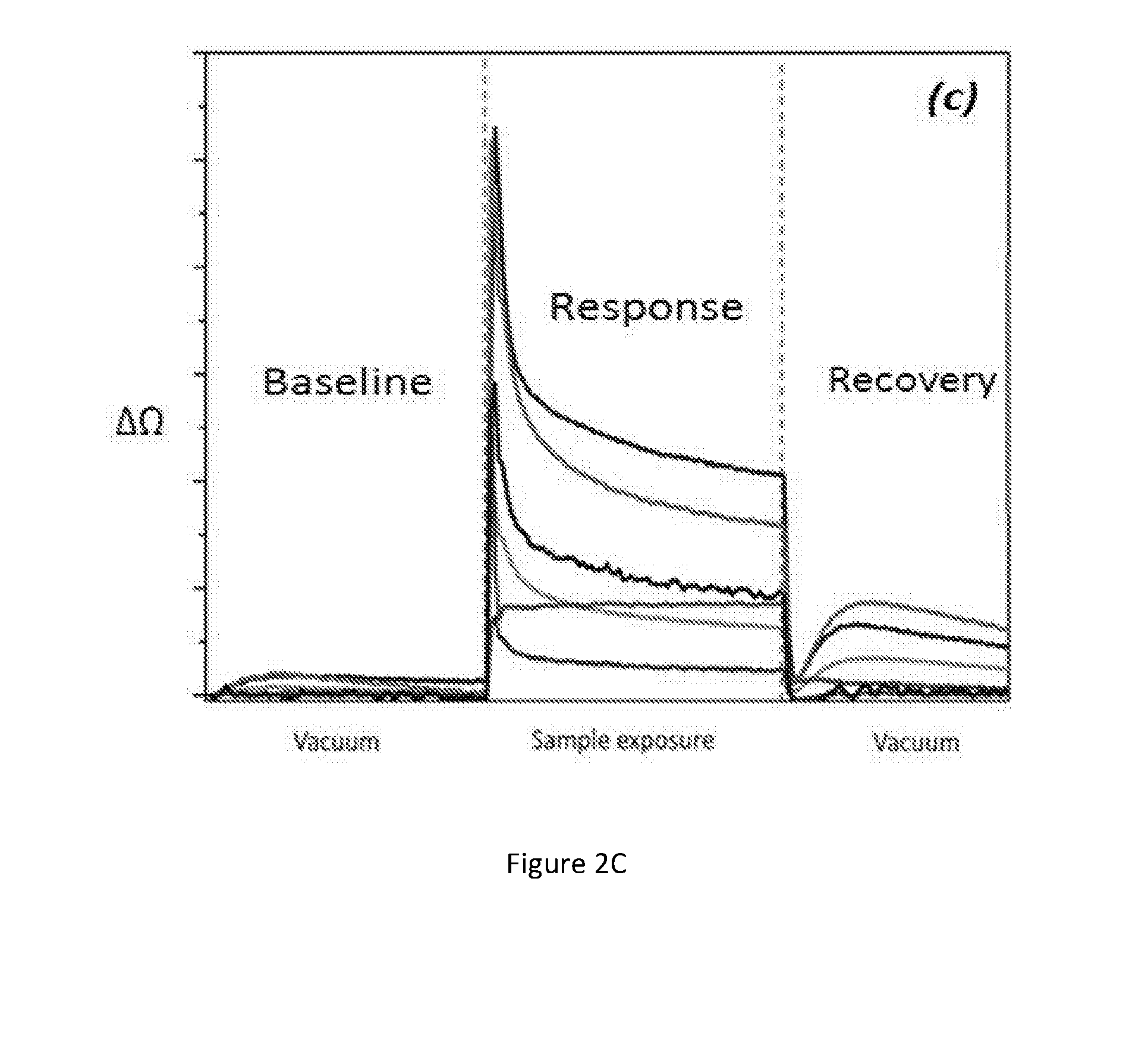Sensor Technology for Diagnosing Tuberculosis
a technology of tuberculosis and sensor technology, applied in the direction of optical radiation measurement, diaphragm, immobilised enzyme, etc., can solve the problems of inability to distinguish between active tb infection and latent tb infection, labor-intensive for patients and health-care providers, and inaccurate tests
- Summary
- Abstract
- Description
- Claims
- Application Information
AI Technical Summary
Benefits of technology
Problems solved by technology
Method used
Image
Examples
examples
Materials and Methods
[0103]Study Population
[0104]Subjects who participated in this study were recruited from three sites at Cape-town, South Africa. A total of 210 breath and sputum samples from 210 subjects (18+ years old who had signed an informed consent) were obtained. Twelve samples were damaged during transport and were therefore excluded from the analysis. Study population consisted of two main subgroups as follows: the first group consisted of TB positive group (n=64), which included patients showing at least 2 of the TB classic symptoms, such as coughing for more than 2 weeks, persistent loss of weight for more than 2 weeks and / or a single recorded body temperature >38° C., night sweats, generalized fatigue, hemoptysis and chest pain. The TB positive group also showed positive smear test and / or culture; and the second group (control) consisted of two sub-populations: (1) healthy subjects (n=67) that completed 8 weeks of follow-up without any development of TB symptoms, and ...
example 1
Identification of TB Patients Using a Single Nanomaterial-Based Sensor
[0123]The feasibility of three sensors of the present invention to diagnose TB was tested by comparing breath samples of 44 TB positive patients to breath samples of 94 TB negative patients and healthy controls. Each sensor responded to all (or to a certain subset) of VOCs that were present in the exhaled breath samples. The sensing features were selected according to the accuracy of the training sets' differentiation between TB positive patients and control group (including both TB negative patients and healthy controls) using leave-one-out cross validation to determine the cut-off value between TB positive and healthy controls. The discriminative ability of all 12 normalized sensing features that were read from three sensors designated S02, S26 and S33 (four features per sensor) were compared. All the features discriminated well between the groups. The sensing features that were obtained from the dodecanethiol-c...
example 2
The Responses of the Sensors to Main Confounding Factors
[0126]Tobacco smoking, TB medication and HIV co-infection of TB patients are important confounding factors that might affect the sensing signals. Accordingly, the effect of these three confounding factors on the sensors' readout signal was examined. It was found that none of the three sensors showed a significant response to the studied confounding factors. FIGS. 6A-6B show that the dodecanethiol coated GNP sensor of the present invention was not sensitive to tobacco smoking, even though smoking is known to cause significant changes to the chemical composition of human breath samples (Buszewski et al., Biomed. Chromatogr., 21, 553-566 (2007); Amann et al., Euro. Resp. Soc. Monograph, 49, 96-114 (2010); and Miekisch et al., Clinica Chimica Acta., 347(1-2), 25-39 (2004)). The sensing signal of the same sensor to the breath samples of 44 TB positive patients did not distinguish between breath samples of HIV positive and HIV negati...
PUM
| Property | Measurement | Unit |
|---|---|---|
| Fraction | aaaaa | aaaaa |
| Fraction | aaaaa | aaaaa |
| Fraction | aaaaa | aaaaa |
Abstract
Description
Claims
Application Information
 Login to View More
Login to View More - R&D
- Intellectual Property
- Life Sciences
- Materials
- Tech Scout
- Unparalleled Data Quality
- Higher Quality Content
- 60% Fewer Hallucinations
Browse by: Latest US Patents, China's latest patents, Technical Efficacy Thesaurus, Application Domain, Technology Topic, Popular Technical Reports.
© 2025 PatSnap. All rights reserved.Legal|Privacy policy|Modern Slavery Act Transparency Statement|Sitemap|About US| Contact US: help@patsnap.com



